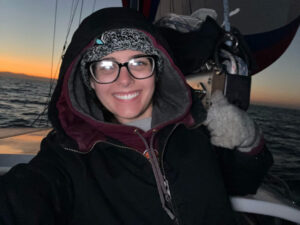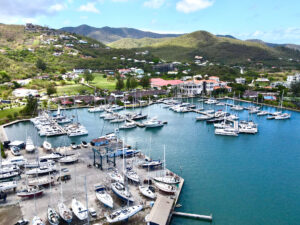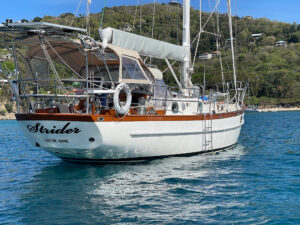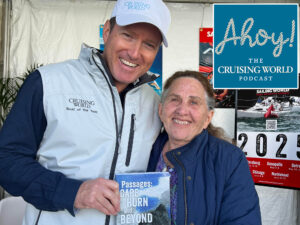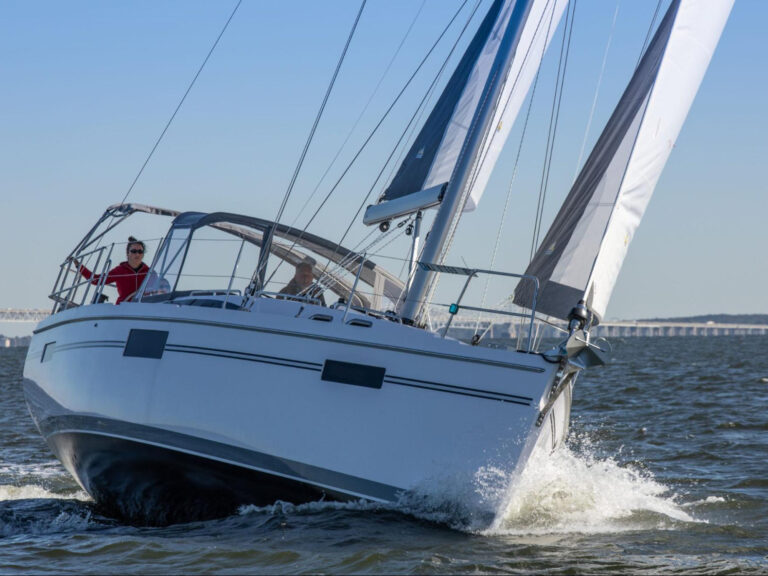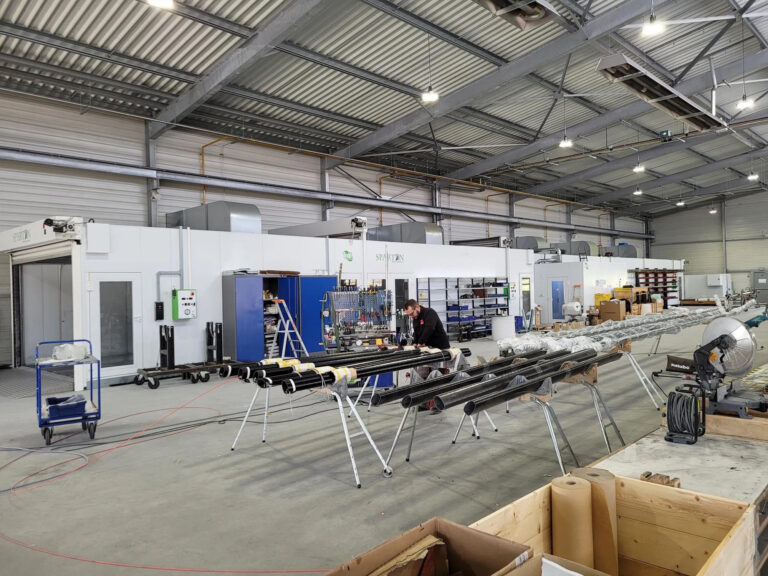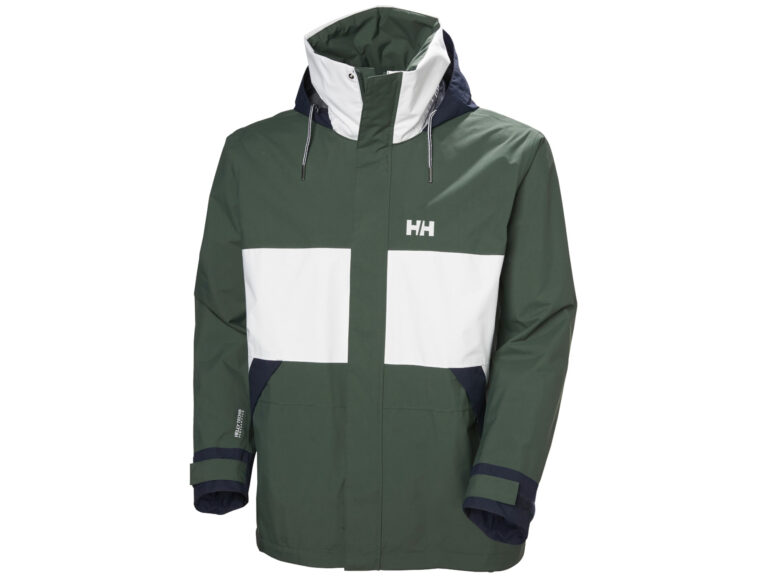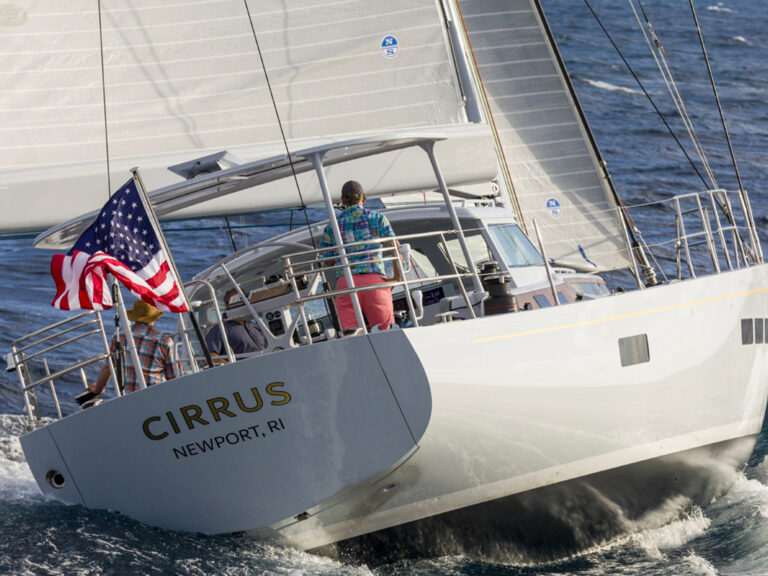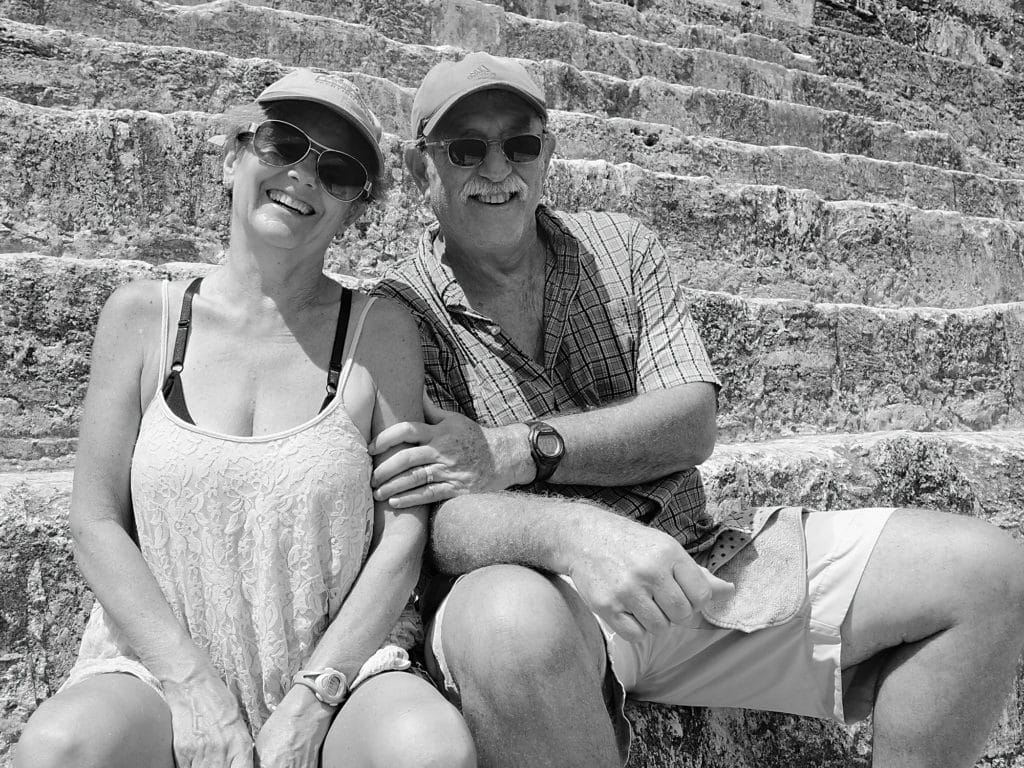
He was a sailor. She couldn’t swim. He had a dream. She embraced it. “I told him that I would go off with him for two years—in my mind, thinking, maybe I’ll make it a year.”
Six years later, with thousands of miles under their keel, more than a dozen countries between Vermont and the Amazon, and a logbook of crossings, cultures, mishaps, and adventures, schoolteachers Kay Johnson and Richard Schattman had written a master class in cruising.
“Our goal, initially, was to go to the eastern Caribbean, sail as far as Grenada, spend hurricane season there, then turn around and come back,” Schattman told me.
That would have been the classic cruise for East Coast sailors. But then, one night while sitting in the cockpit in Grenada, a friend asked if they wanted to join him and go to Suriname.
“We just sort of looked at each other and went, ‘OK!’ That was how that decision got made,” he says with a laugh. “And then, of course, the question was: Exactly where is Suriname?”
As cruisers go, Johnson and Schattman were exceptionally well-equipped and prepared. What set them apart was a willingness to divert from rhumb lines they’d drawn on charts, and the time and wherewithal to do it.
Sometimes, bad weather got in the way. A couple of times, there were major breakdowns. Once, as on that Grenada evening, Schattman says with a chuckle, “Liquor was involved.”
On another night in that same anchorage, he asked Johnson to marry him. Prickly Bay’s lat/lon is inscribed on their wedding rings.
As I read through their blog and interviewed them in Vermont, two sets of memories entwined: the boat, the sailing and the voyage for him; for her, the next interesting place and “this community of people that is out there on boats traveling. Our paths would keep crossing. We made lifelong friends. That was part of the reason that it was easy to just keep going.”
Schattman grew up in New Rochelle, New York. His dad always had a sailboat, and he learned on Blue Jays and Lightnings on Long Island Sound. He became a special-education preschool teacher, working with children with severe disabilities. After earning his doctorate, he spent 34 years as a school principal and instructor at the University of Vermont. His first “big” boat was a used 1981 Cape Dory 36, which he sailed on Lake Champlain and along the New England coast.
In 2008, eyeing retirement, he got his captain’s license and paid $222,000 for the 25-year-old Little Harbor 44 Atalanta—named for the Greek mythological warrior woman—a center-cockpit sloop designed and owned once by Ted Hood. It weighed 32,500 pounds, with a 5-foot draft and a centerboard within an integrated keel that would allow him to get into shallow Caribbean water. During a four-year refit in Bristol, Rhode Island, he added a generator to power a heat pump and charge batteries, and a 14-gallon-per-hour Spectra watermaker—a decision the couple estimates avoided carting 40,000 gallon jugs from shore.
Johnson grew up on the Rosebud Indian Reservation in South Dakota, where her dad worked for the Bureau of Indian Affairs and the tribe. A road trip brought her to Vermont, where she taught information technology for 25 years, raised two children, and, in a second marriage, found herself with a man who wanted to live on a boat and travel.
“I didn’t know anything about sailing or boating or the water,” she says. “I had sort of spent my life trying to stay within my comfort zone. I got to where I really enjoyed night passages, which was a big leap for me, because my first night on watch, I wouldn’t even let Richard go down below.” Later, watching fellow cruisers snorkeling over reefs, she donned a life jacket, tried the sport, and learned to swim.
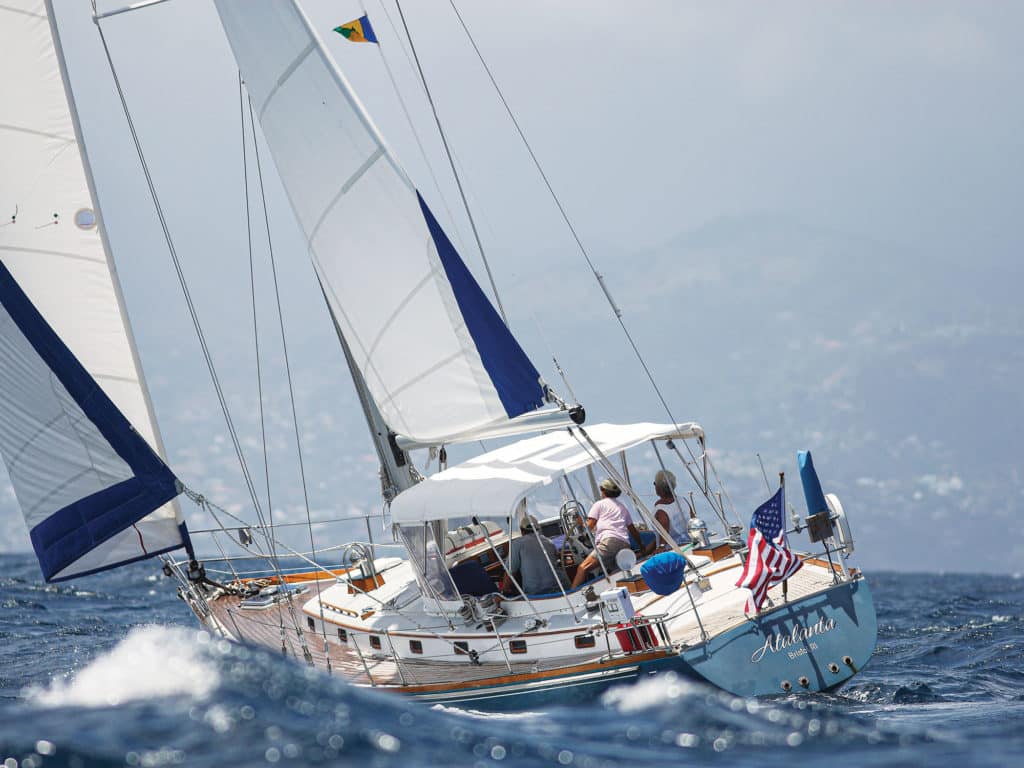
With their cairn terrier Murray aboard, the pair crisscrossed the Caribbean, with stops down the eastern chain of islands, Trinidad and Belize, and longer stays in Guatemala’s Rio Dulce, Mexico’s Yucatan and—rare for a US boat—the Suriname jungle in the Amazon.
“It was spectacularly beautiful. Surrounded by howler monkeys and toucans and parrots—it’s just a very foreign environment,” he says of Suriname. With English cruisers who had invited them, they rented a car for $5 a day, saw the ruins of the first synagogue in the Western Hemisphere, the French Guiana prison where Papillon was held, and the World Heritage city and capital Paramaribo. By dugout canoe, they saw waterfalls “that you had to get permission from tribal chiefs to see. We just had all these amazing experiences in a place where there are no Americans.”
The couple was able to finance their six-year cruise by selling their house and tapping into investments and retirement funds. Along the way, they replaced the engine, rebuilt a rudder bent in a storm, resurfaced the hull, and then, with grandkids calling, came home in 2020 and sold Atalanta for $207,000.
“The thing I noticed most was that everybody was on a budget,” Schattman says. “Atalanta was a nicer boat than average. Most cruisers were on a 35-foot whatever, a decent but average boat.”
Cruising, Johnson discovered, was not just about sailing at 6 knots. “If we got to a place where we stayed a week or months, your experience becomes about the cultures and languages and food, and figuring out the ways that we’re all alike and different. That, for me, was the adventure.”
Editor’s Note: If you’ve been a CW reader for very long, you might recall our Classic Plastic column—a nod to older boats with timeless appeal. We’re bringing it back by popular demand under a new title, This Ol’ Boat. The fit-and-finish may have changed a bit, but the passion remains the same. In this new iteration, we aim to celebrate these classic old boats and the owners who love them, both of whose stories seem only to get better with age.

